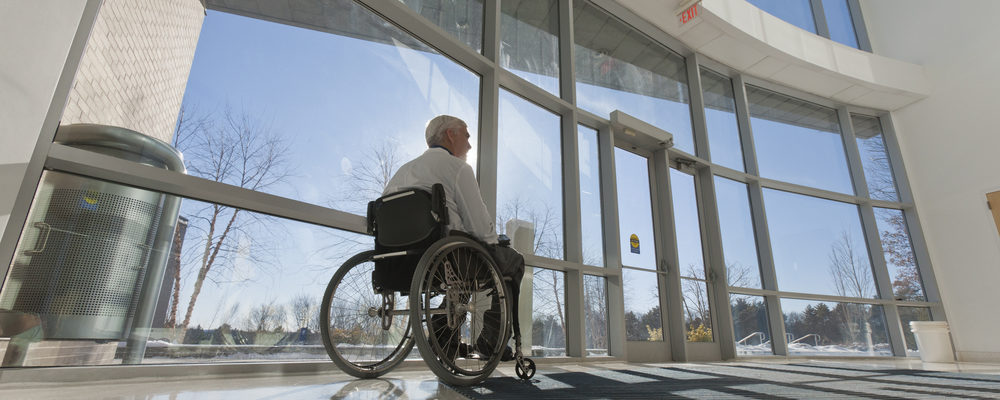The Business Disability Forum (BDF) announced on 4 April that it had awarded Gold status to Manchester Metropolitan University to honour the depth and breadth of services it provides to disabled students and employees alike.
Among the university’s comprehensive offerings is a 3D map that visually impaired people can use to find their way around the campus. Meanwhile, for jobs-focused disabled individuals, it produces a series of bespoke guides, catering for a variety of career stages from candidates all the way through to current staff and managers.
Manchester Met diversity specialist Mona Patel said: “I am proud of the innovative approaches we have taken to promote inclusivity, such as our Peer Mentoring Scheme offering all disabled prospective and first-year students the opportunity to have a mentor … as well as our bespoke [employee] guides … which help to support the processes around adjustments.”
Business Disability Forum senior consultant Angela Matthews added: “Our congratulations go to Manchester Metropolitan University on their wonderful score, which was earned through very hard work by all involved … We hope that their achievement inspires and encourages good practice among other universities and institutes of learning.”
Matthews makes a fair point: out of all the universities in the UK, Manchester Met is only the first to secure the BDF’s Gold rating. Furthermore, it is now one of just five organisations in the land to achieve that status. Those figures clearly demonstrate that UK workplaces could do so much more to welcome the disabled.
According to The Institute of Leadership & Management's head of research policy and standards Kate Cooper, organisations that set out to do better on this front will instantly gain an edge. “If you take in the needs of a different user group,” she says, “that will immediately make you more innovative and more creative. So if we consider different user groups in terms of how they sit within a particular customer base, then it’s reasonable to expect that by representing them yourself, you will be better prepared to meet their needs in an innovative and creative way.
“That’s probably a stronger argument than the usual one – which, again, is powerful – about how competitive advantage can be secured by having a workforce that more accurately reflects the national population. It’s more than simply a matter of achieving competitive advantage by making up the numbers. It’s about having greater resources of imagination and experience in your team, and proactively harnessing them so they directly influence what you deliver.”
Cooper adds: “I certainly think that a diverse workforce will be more empathetic when dealing with customers. Of course, that doesn’t mean that if you’re disabled you have to speak to a disabled member of staff. But an organisation that has disability represented out there in its workforce is going to propagate that understanding, and those higher levels of empathy, more effectively than one that works only with young, able-bodied people.”
For further thoughts on how employers should communicate with the disabled, check out this learning item from the Institute

